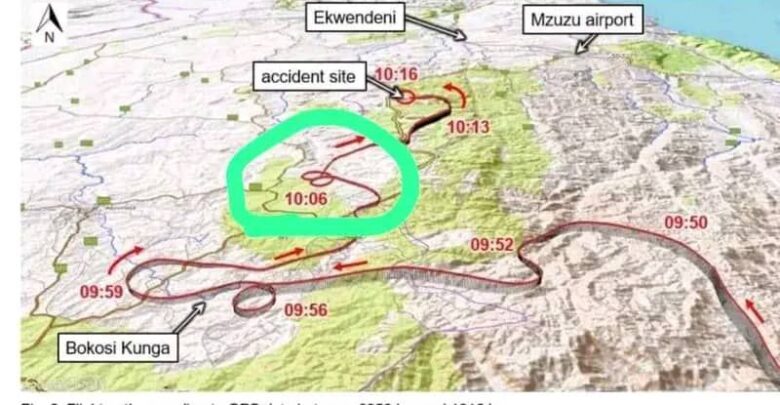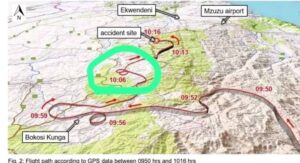Columns
The analysis of the last 26 minutes of the flight

By Burnett Munthali
The analysis of the last 26 minutes of the flight from 9:50 to 10:16 reveals a highly distressing and traumatic experience for those onboard. The details suggest that the flight encountered severe issues that significantly impacted its stability and control.
Firstly, the final 26 minutes of the flight were marked by a series of troubling events. This extended period of instability would have been incredibly stressful for both the crew and passengers, as they faced escalating challenges without immediate resolution.

Secondly, the report notes that the aircraft made erratic maneuvers, including spinning 360 degrees at 10:06. This suggests that the plane experienced severe control problems, resulting in chaotic and disorienting movements. Such maneuvers would likely have caused intense fear and confusion among those on board.
Thirdly, the combination of erratic movements and the prolonged period of instability would have created a highly traumatic environment. The awareness of the impending danger, coupled with the physical sensations of the aircraft’s instability, would have significantly increased the psychological distress for the passengers and crew.
Fourthly, the fact that the plane was described as “kukhotela uku” (struggling or failing) implies severe technical difficulties, possibly related to mechanical failures or other critical issues that compromised the aircraft’s ability to maintain stable flight.
Overall, these findings paint a picture of a flight that faced extreme difficulties in its final moments, contributing to a deeply harrowing experience for everyone onboard. The report underscores the need for thorough investigation and improvements in safety measures to prevent such traumatic events in the future.






